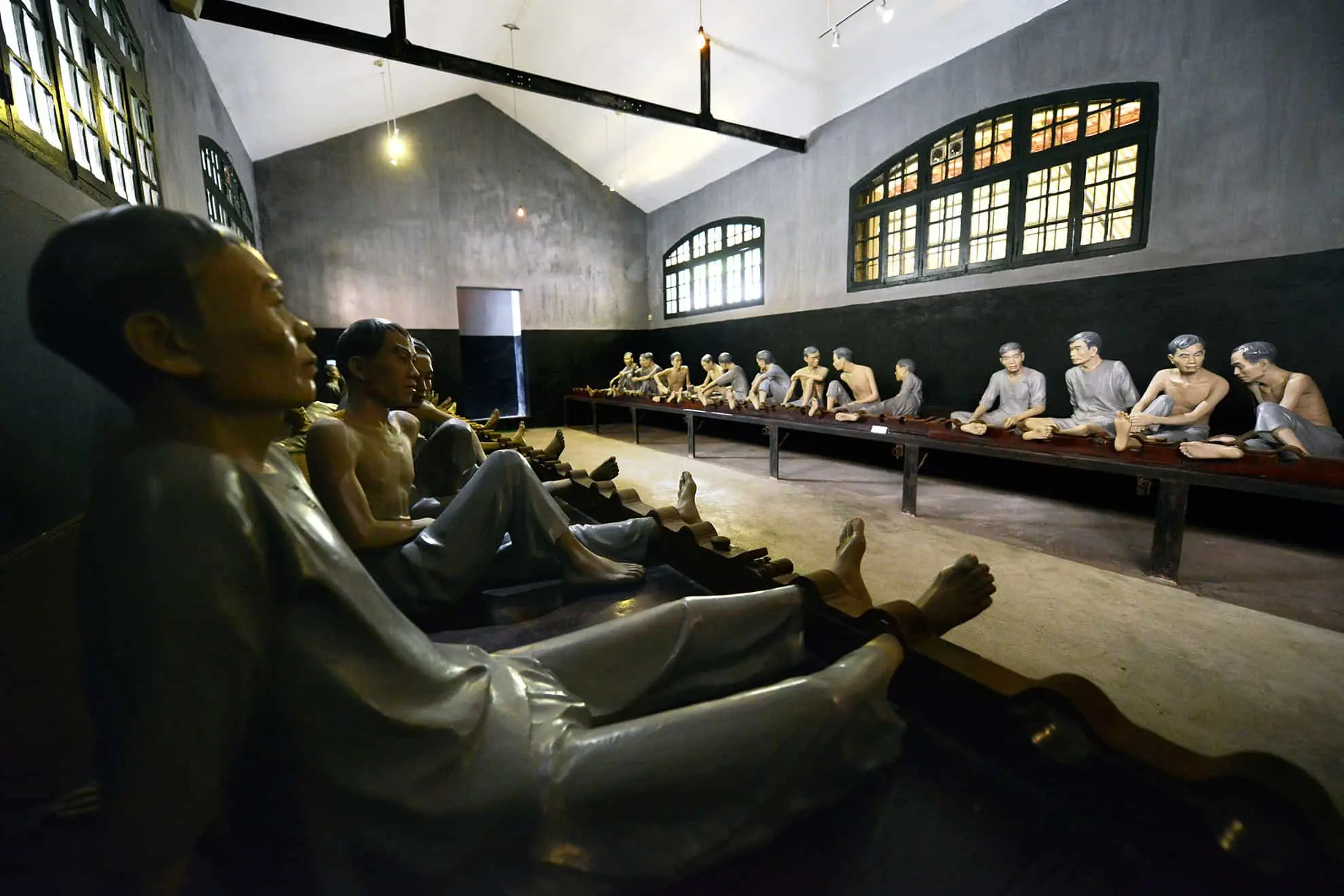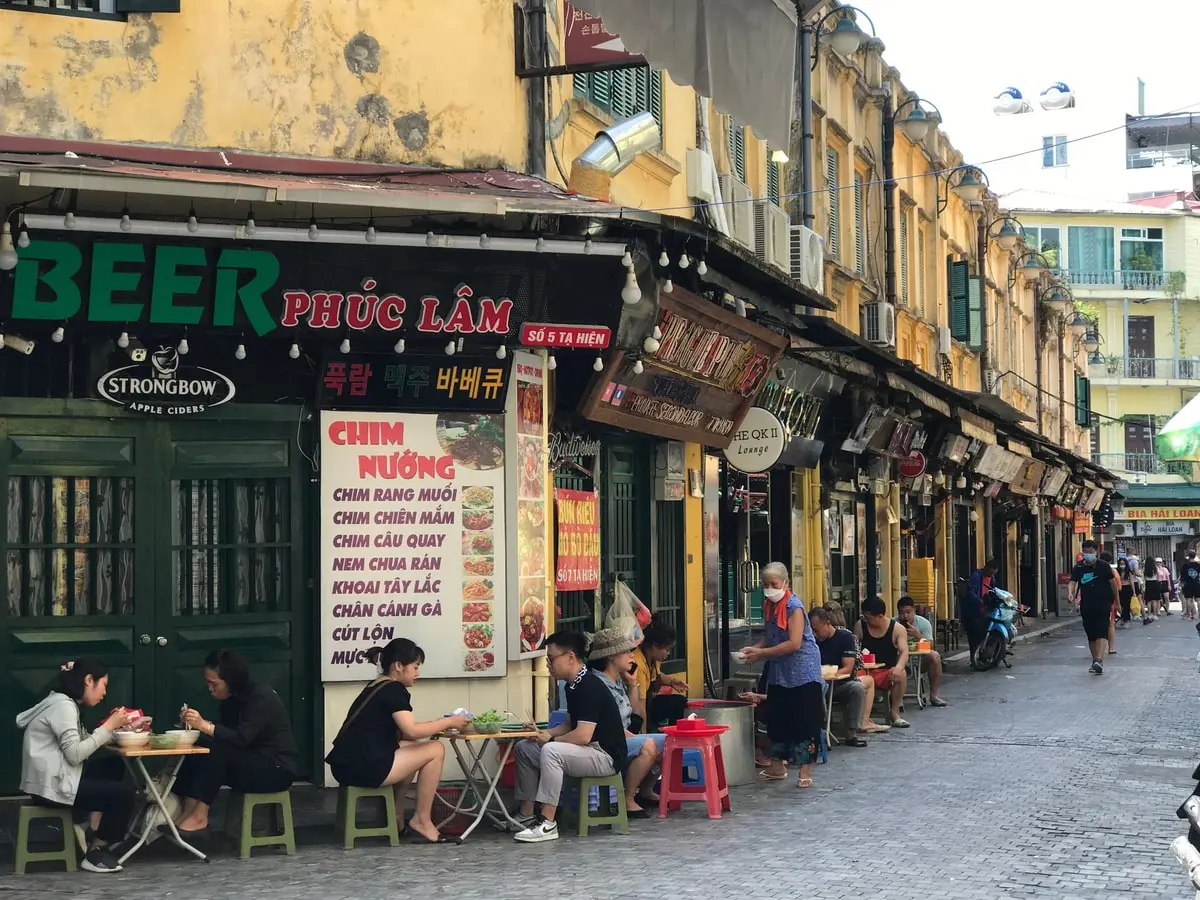Fansipan is the highest mountain in Vietnam. Its summit stands at a height of 3143 meters. Located in Lao Cai Province, this peak is the highest point of Indochina. EssentialVietNamtravel provides this guide for your trip. We will cover how to reach the summit, the best time to visit, and the mountain’s significance. This information helps you plan your journey to the highest peak in Vietnam. Whether you seek a physical challenge or a scenic journey, this guide details the necessary steps. This is your resource for a successful trip to Mount Fansipan Vietnam. It is a major tourist attraction for both local and international visitors. The mountain is part of the Hoang Lien Son mountain range.
How to Reach the Fansipan Summit: Your Guide to the Sapa Cable Car and Trekking Routes

Reaching the summit of Fansipan, the tallest mountain in Vietnam, presents two main options. You can take the modern cable car or embark on a multi-day trek. Your choice depends on your fitness level, time, and desire for adventure. Both paths start near Sapa Town, the primary access point for the region. The cable car offers a quick, scenic route to the top, making the highest point of Vietnam accessible to many. The trek offers a difficult but rewarding challenge, a true conquest of the mountain. Planning your access method is the first step in any journey to the “Roof of Indochina.”
This logistical decision shapes your entire experience. From the comfort of a cabin viewing the terraced rice fields to the physical test of mountain climbing, each route provides a unique perspective of this landmark in Southeast Asia. The Sun World Fansipan Legend operator manages the cable car system, ensuring a high-quality commercial experience. A guided trek to Fansipan summit requires more preparation but offers a deeper connection with nature inside Hoang Lien National Park. Your journey to the highest point of Vietnam starts with this choice.
Planning Your Trip to Sapa & Fansipan?
Before you decide on your route to the summit, make sure your travel to northern Vietnam is sorted. The first step is finding the best flight deal to Hanoi (HAN), the nearest major airport to Sapa.
The Sun World Fansipan Legend Cable Car Experience to the Peak
The Fansipan cable car is a modern engineering marvel. It holds the record for the world’s longest three-rope cable car system. This access method makes reaching the summit area possible in about 20 minutes. The journey starts at the Sun World station near Sapa. While you can purchase your Fansipan cable car tickets at the station or online, it’s a good idea to plan your international and domestic travel to the region well in advance.
The ride provides stunning views of the Muong Hoa Valley and the surrounding Hoang Lien Son range. You will see terraced rice fields and dense forests from above. After the cable car ride, you must climb about 600 stairs to reach the absolute summit at 3143 meters. There is also a funicular railway to take you from the cable car station to the summit area for an additional fee. This recreational option is ideal for families, those with limited time, or visitors who want to experience the altitude without the strenuous climb. It makes the highest mountain vietnam accessible to almost everyone.
The Challenge of Trekking Through Hoang Lien National Park
Trekking to the Fansipan summit is a significant physical challenge. A typical guided trek takes two days. This journey is not for the unprepared. It requires good physical condition as climbing is physically demanding. You will navigate steep, sometimes slippery paths through Hoang Lien National Park. Special equipment is required, including sturdy hiking boots, warm layers, and rain gear. The park’s climate is unpredictable. The trek allows for a deep immersion into the region’s nature. You will see the unique biodiversity of this part of Northwest Vietnam.
Hiring a local guide, often from an ethnic minorities group like the Red Dao or Hmong, is essential. They provide navigation, meals, and insights into the local culture. This alternative access is a true adventure, a personal conquest that ends with standing on the highest peak in Indochina, a symbol of your effort. It offers a connection to the mountain that a quick ride cannot replicate.
When to Visit Fansipan Mountain: A Guide to the Best Seasons and Weather
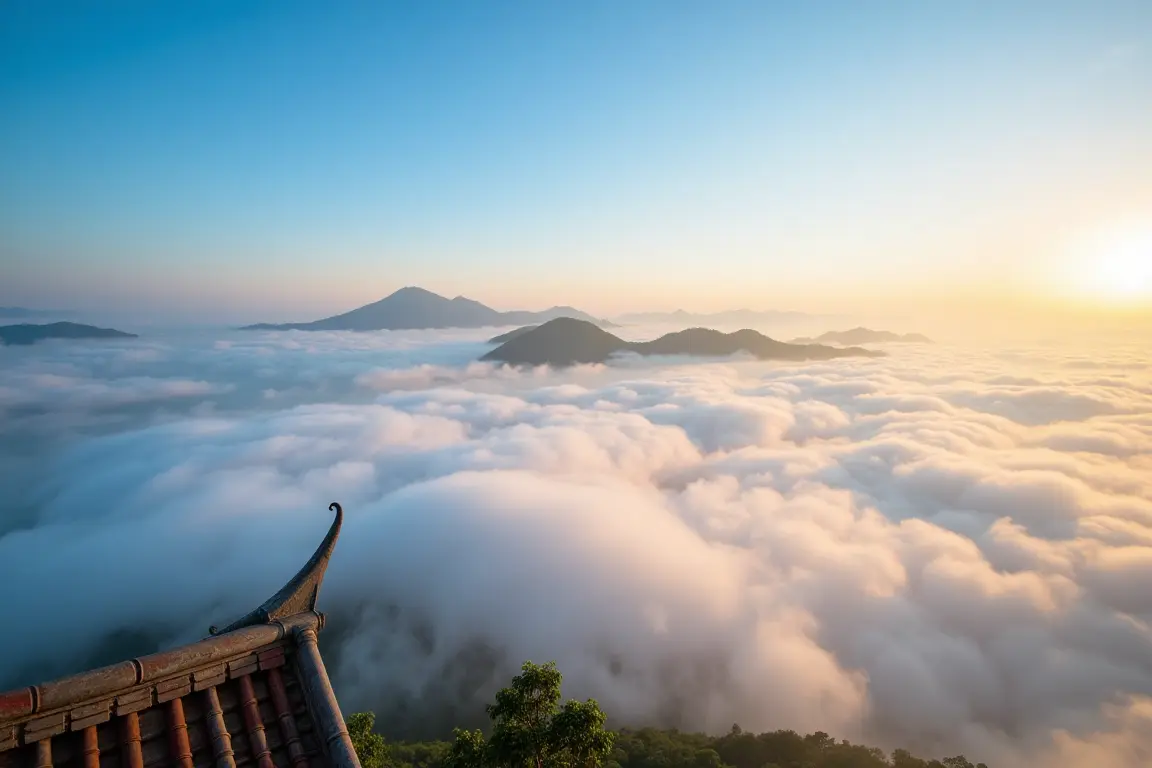
Choosing the best time to climb Fansipan is critical for a successful trip. The weather on the tallest mountain vietnam can be extreme and change quickly. The climate type is temperate but varies greatly with the altitude. The best season is generally from March to May or from September to November. During these months, the weather is more stable, with less rain and clearer skies. This provides the best chance for panoramic views from the summit.
Visiting outside these periods, such as during the Fansipan weather in December, can mean facing cold temperatures, fog, and even ice. Cloud hunting is a popular activity, and clear, crisp days after a rain offer the best opportunity to see a sea of clouds below the peak. Before you go, always check the local weather forecast for Sapa and the mountain itself. Proper planning for the climate ensures a safer and more enjoyable experience, whether you are taking the cable car or trekking for two days.
Ideal Months for Clear Views and Cloud Hunting
The best time to visit Fansipan for clear views is during its two dry seasons. From March to May, the weather is warm and dry. This is also a time when many local flowers are in bloom, adding color to the landscape. From September to November, the weather is also cool and dry. This period follows the rainy season, so the air is often very clear. This is the peak season for seeing the famous terraced rice fields in their golden autumn colors from the cable car.
These months provide the highest probability of seeing the summit and surrounding peaks without cloud cover. For cloud hunting enthusiasts, the moments just after a rain shower or early in the morning during these stable months can be magical. The valleys fill with white, fluffy clouds, creating the feeling of standing on an island in the sky. These ideal months make the journey to the highest point in Vietnam truly memorable.
Preparing for the Altitude and Changing Climate
Preparation is key for the Fansipan climate. The summit is at a high altitude, and the air pressure level is lower. The weather is cold and unpredictable, even in the summer. No matter how you reach the top, you need to be ready. Dress in multiple, thin layers. This allows you to add or remove clothing as the temperature changes. A waterproof and windproof outer layer is essential.
Even if you take the cable car, the summit area is exposed and can be very windy and cold. Wear comfortable, sturdy shoes for walking and climbing the stairs at the top. If you are trekking, your preparation must be more extensive. Bring gear for cold nights and wet conditions. Acclimatizing in Sapa Town for a day before your ascent can help your body adjust to the altitude. Proper preparation respects the mountain’s power and ensures your safety.
Exploring the Hoang Lien Son Range: The Natural Home of Fansipan, Vietnam
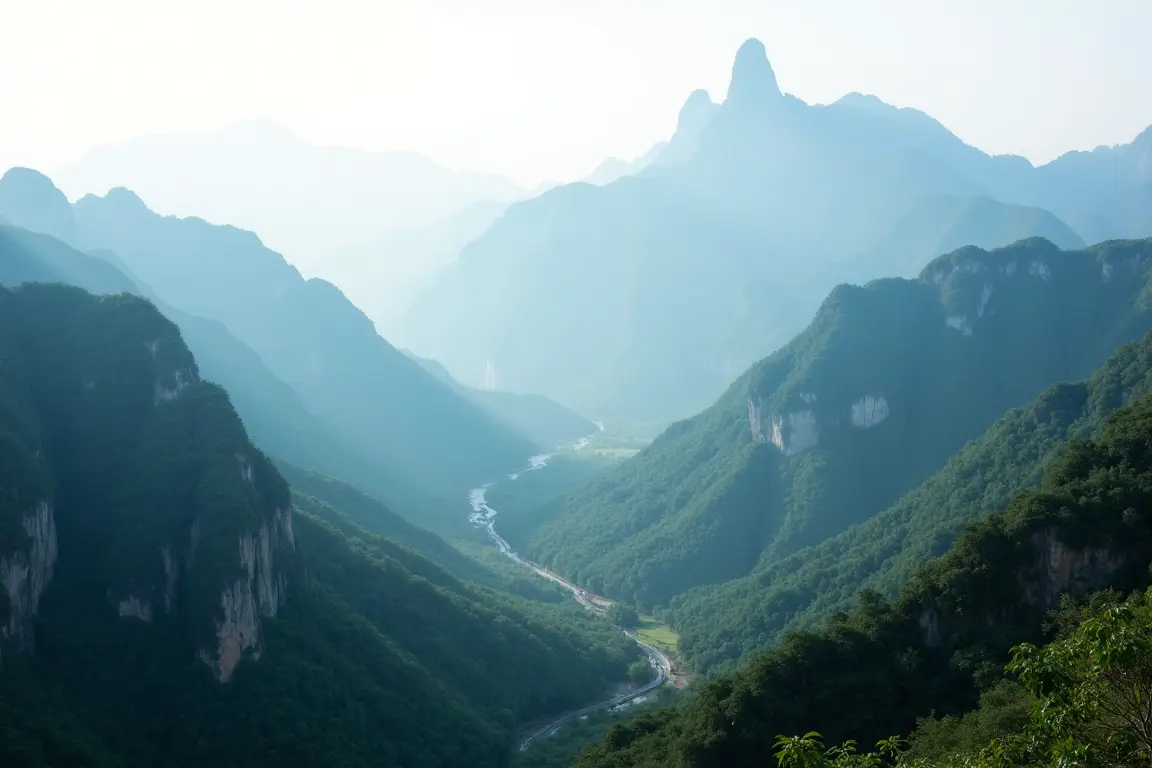
Fansipan does not stand alone. It is the highest peak in the Hoang Lien Son range, a massive mountain system in Northwest Vietnam. This area is a center for Vietnam tourism and ecotourism. The range itself is a place of incredible natural beauty and cultural richness. It is home to Hoang Lien National Park, which protects one of the most important areas of biodiversity in Southeast Asia. Exploring this region gives you a deeper context for your Fansipan adventure.
You can visit traditional villages, drive over dramatic mountain passes like the O Quy Ho Pass, and see landscapes that are unique to this part of the world. The geology of the area is primarily metamorphic rock, creating the sharp peaks and deep valleys that define the topography. A trip to Fansipan is also an opportunity to explore the wider Hoang Lien Son, a destination that offers much more than just a single mountain peak.
Sapa Town: The Essential Gateway to Your Fansipan Adventure
Sapa Town is the base for almost every trip to Fansipan. This mountain town is located in Lao Cai province. It is the logistical and cultural hub for the region. Here, you will find hotels, restaurants, and tour operators that can arrange your trek or cable car tickets. Sapa is where your journey begins. The town itself is a destination. It is known for its vibrant markets and the presence of ethnic minorities, such as the Hmong and Red Dao, who wear their traditional colorful clothing.
You can use Sapa as a base to explore nearby attractions like Cat Cat Village or the Muong Hoa Valley. Spending time in Sapa allows you to acclimatize to the altitude before heading up the mountain. It is the primary access point, a necessary and enjoyable part of the Fansipan experience. The town combines natural beauty with a rich cultural tapestry, providing a perfect start and end to your mountain journey.
Discovering the Biodiversity of Hoang Lien National Park
Fansipan is located within Hoang Lien National Park. The park affiliation protects the mountain and its unique ecosystem. The park has a high biodiversity index. It is home to thousands of plant species, many of them rare and endemic. The park also supports a variety of birds, mammals, and reptiles. Trekking through the park offers a direct experience of this rich natural world. You will walk through dense forests of ancient trees covered in moss and orchids. The park features subtropical to temperate climate zones, depending on the elevation. This variation in climate supports a wide range of life.
Even if you take the cable car, you can appreciate the park’s vastness from above. Understanding the park’s importance adds another layer to your visit. You are not just visiting a mountain; you are entering a protected natural sanctuary, a treasure of Southeast Asian geography.
The Meaning of Fansipan: More Than Just a Peak on the “Roof of Indochina”
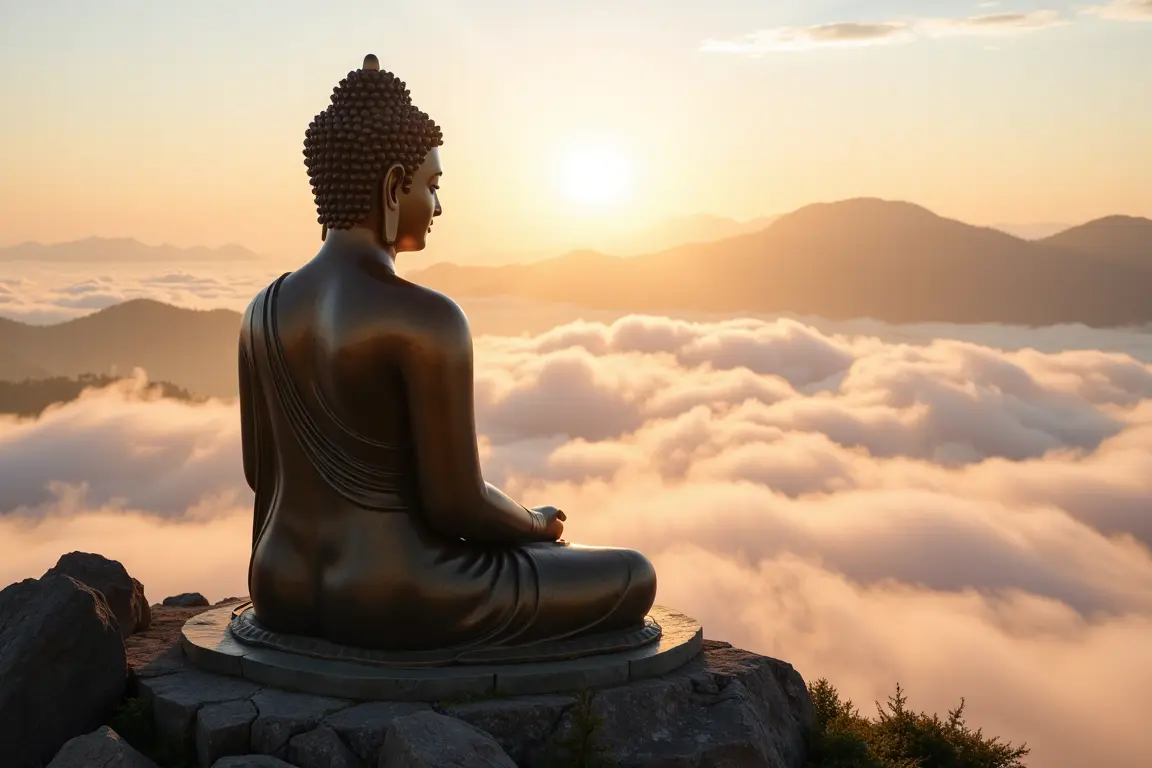
Fansipan holds a special place in the Vietnamese identity. It is known by its nickname, the “Roof of Indochina,” a title that reflects its geopolitical status as the region’s highest peak. For many Vietnamese people, reaching the summit is a source of national pride. The Vietnamese flag at the summit is a powerful symbol. Beyond its national importance, Fansipan represents a personal challenge and conquest. For climbers who trek for two days, reaching the top is a significant achievement. The mountain also has a growing spiritual significance.
The development at the summit includes a large Buddhist temple complex. This adds a cultural and spiritual dimension to the experience. It is not just a geographical point but a place for reflection. The combination of natural wonder, national symbolism, and spiritual elements makes Fansipan a unique destination. It is a place where nature, culture, and personal achievement meet. The first ascent was in 1905, but today it is accessible to all.
A Symbol of Vietnamese Pride and a Personal Summit Challenge
For the people of Vietnam, Fansipan is a symbol of the nation’s strength and beauty. Reaching its peak is an act that resonates with national pride. It is the country’s Mount Everest. The mountain represents a formidable natural obstacle that can be overcome, mirroring the nation’s own history of resilience. On a personal level, the mountain offers a profound challenge. The trek tests a person’s physical and mental limits. The reward is a powerful sense of accomplishment. This feeling of conquest is a primary motivation for many who choose the difficult path to the top.
This dual meaning, as a national icon and a personal goal, gives the mountain a unique energy. It is a place where individual journeys connect with a larger, collective identity. It symbolizes more than just its physical height of 1643 meters in prominence; it symbolizes aspiration.
The Spiritual and Cultural Structures at the Top
The Fansipan summit is now home to a large and impressive Buddhist spiritual structures complex. This development has transformed the peak from a purely natural landmark into a significant spiritual destination. The complex includes a grand pagoda, several smaller temples, and a giant seated Buddha statue that looks out over the clouds. These summit features create a peaceful and contemplative atmosphere. Visitors can walk among the structures, light incense, and enjoy the quiet moments of reflection.
This cultural aspect offers a different kind of experience. It connects the natural beauty of the mountain with traditional Vietnamese beliefs and architecture. The presence of the Buddhist Temple Complex makes the summit a place of pilgrimage for many. It ensures that a visit to Fansipan is not only a recreational or adventurous activity but also a rich, cultural journey.

